The Art of Balancing Softscape and Hardscape Elements in Your Landscape
Creating an outdoor living space that is both functional and beautiful is much like crafting a work of art. It demands a sharp eye for detail, an understanding of balance, and a blend of various elements that work harmoniously together. This means skillfully balancing softscape and hardscape elements. At Integrity Hardscapes, we believe that mastering this balance is crucial in transforming any outdoor area into a stunning oasis. Let’s dive into the art of balancing softscape and hardscape elements in your landscape and answer some common questions you might have along the way.
What Are Softscape and Hardscape Elements?
Before we delve into the balancing act, let’s define what we mean by softscape and hardscape.
Softscape elements refer to the living, horticultural components of your landscape. These include plants, trees, shrubs, grass, and soil. They bring life, color, and natural beauty to your outdoor space.
On the other hand, Hardscape elements are the non-living, structural components. Think of pathways, patios, retaining walls, fire pits, decks, and other constructed features. These elements provide structure, functionality, and form to your landscape.
Why Is Balancing Softscape and Hardscape Elements Important?
A well-balanced landscape seamlessly integrates both softscape and hardscape elements, creating a cohesive and aesthetically pleasing environment. Here’s why achieving this balance is essential:
- Aesthetic Appeal: Combining the natural beauty of plants with the clean lines and structure of hardscapes results in your outdoor space being inviting and visually appealing.
- Functionality: Hardscape elements such as pathways and patios provide practical areas for walking, seating, and entertainment, while softscape elements offer shade, privacy, and environmental benefits.
- Maintenance: A balanced landscape is easier to maintain. Hardscapes can reduce the need for extensive lawn care, while softscapes can help manage water runoff and erosion.
Tips for Balancing Softscape and Hardscape Elements
- Plan with Purpose: Start with a clear plan. Consider the primary use of your outdoor space and how different elements will serve those purposes. For instance, a large patio with built-in seating and a fire pit might be key hardscape features if you love entertaining. Balance these with surrounding flower beds or shrubs to soften the look.
- Proportion and Scale: Having a sense of proportion and scale in your design is critical. Avoid overwhelming small spaces with large hardscape structures or creating a jungle-like feel with too many plants. Strive for harmony where each element complements the other.
- Layering: Implement layering strategies to add depth and interest. Combine tall trees and shrubs in the background with mid-sized plants and flowers in the middle and ground covers or small plants in the foreground. This creates a natural flow and softens the transition between hard and soft elements.
- Color and Texture: Focus on the color and texture of hard and softscape materials. Contrasting textures and colors can create visual interest. For example, pair the rough texture of a stone pathway with the soft, flowing leaves of ornamental grasses.
- Consider the Seasons: Think about how your landscape will look throughout the year. Choose a mixture of deciduous plants and evergreens to ensure there is always something interesting happening in your garden. Complement this with hardscape elements that can be enjoyed year-round, like a fire pit or covered seating area.
Common Questions About Balancing Softscape and Hardscape Elements
1. How do I start planning my landscape?
Begin with a site analysis. Assess the existing conditions, including soil type, sun exposure, and drainage. Sketch a rough layout, identifying key areas for hardscapes and the types of plants you want to include. Consulting with a professional landscape designer can also provide valuable insights.
2. Can I do this myself, or do I need professional help?
Although tackling landscaping projects yourself can be gratifying, they often come with a certain level of complexity. Professional landscapers have the expertise to create balanced, functional, and beautiful outdoor spaces. They can help with every aspect, from design and installation to ongoing maintenance.
3. How do I choose the right plants?
Choose plants according to your region’s climate, soil conditions, and the sunlight levels in your yard. Native plants are often a great choice because they are well-adapted to local conditions and require less maintenance. Consider the plant’s mature size and growth rate to avoid overcrowding.
4. What hardscape materials should I use?
Choose materials that complement your home’s architecture and natural surroundings. Common hardscape materials include stone, brick, concrete, wood, and metal. Each has its own aesthetic and functional qualities, so consider what works best for your space and style.
5. How do I maintain the balance over time?
Regular maintenance is vital to preserving the balance between softscape and hardscape elements. Prune plants as needed, clean and repair hardscape features, and periodically assess the overall look and function of your landscape to make any necessary adjustments.
Achieving the Perfect Balance in Your Landscape
Balancing softscape and hardscape elements is an art that enhances the beauty, functionality, and enjoyment of your outdoor space. By thoughtfully planning and combining these elements, you can design a landscape that showcases your unique style and needs. Whether you’re starting from scratch or looking to refresh your existing yard, Integrity Hardscapes is here to help you achieve the perfect balance. Ready to transform your outdoor space? Give us a call at 816-510-1076 or visit our website to schedule a consultation today, and let’s start planning your dream landscape!

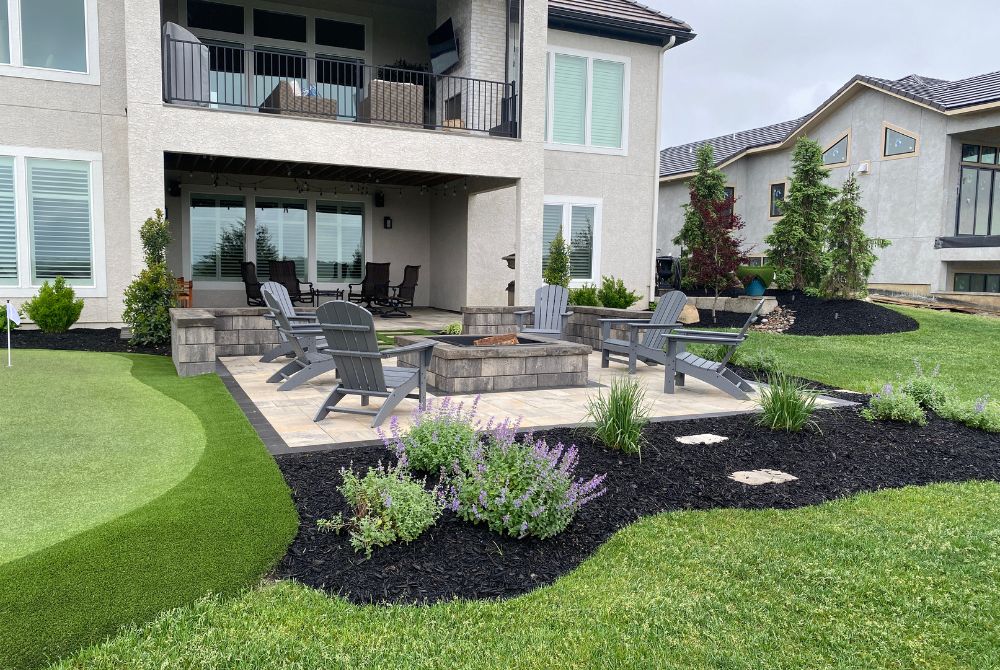
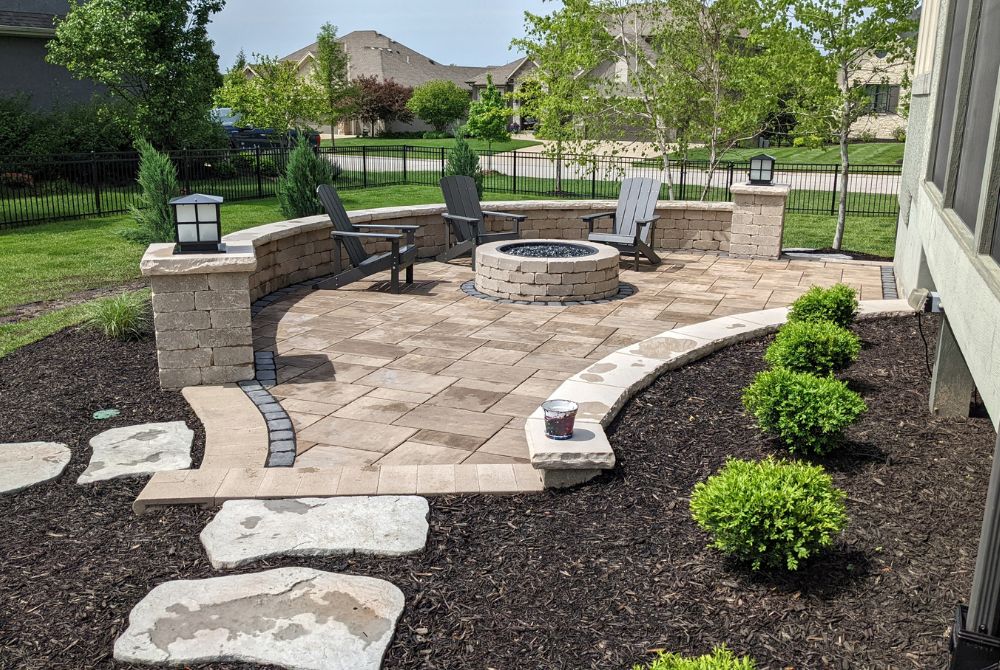
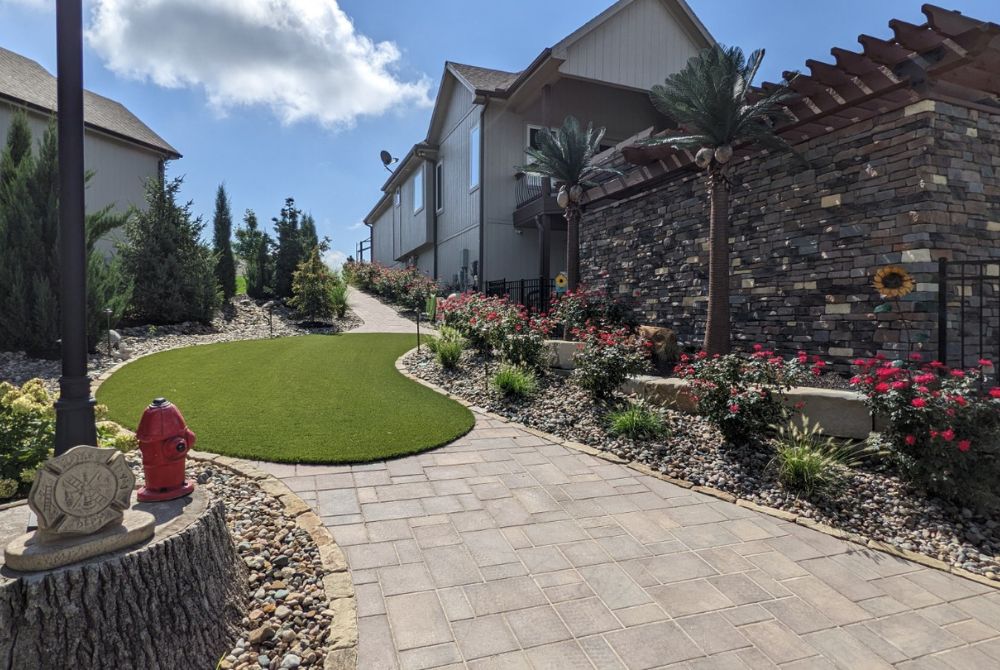

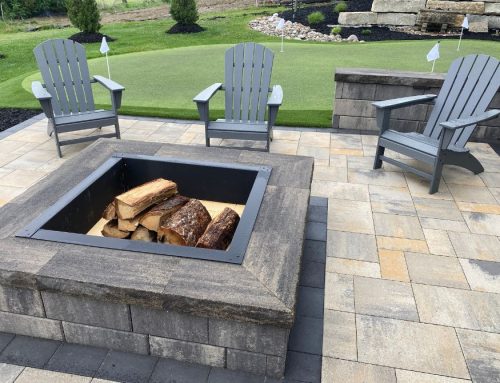
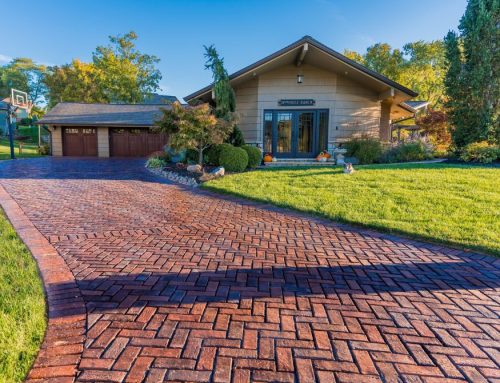
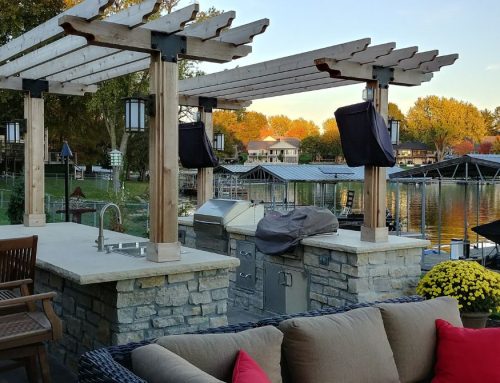
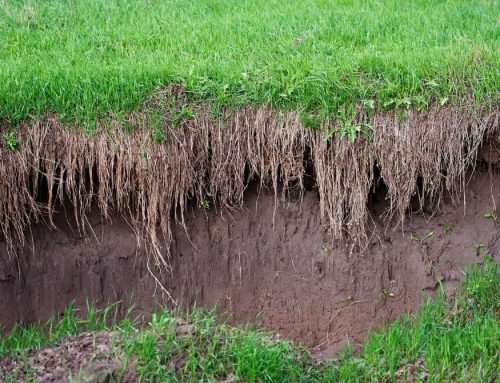
Leave A Comment
You must be logged in to post a comment.